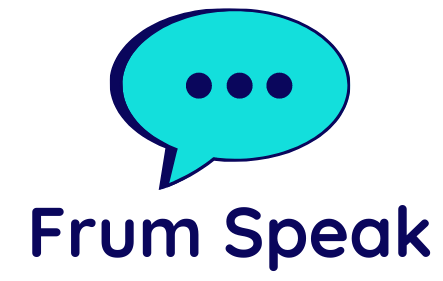The revelation that President Donald Trump’s most senior national security officials posted the specifics of a military attack to a chat group that included a journalist hours before the attack took place in Yemen has raised many questions. Among them are whether federal laws were violated, whether classified information was exposed on the commercial messaging app, and whether anyone will face consequences for the leaks. Here’s what we know so far, and what we don’t know. ___ KNOWN: Signal is a publicly available app that provides encrypted communications, but it can be hacked. It is not approved for carrying classified information. On March 14, one day before the strikes, the Defense Department cautioned personnel about the vulnerability of Signal, specifically that Russia was attempting to hack the app, according to a U.S. official who was not authorized to speak to the press and spoke on the condition of anonymity. One known vulnerability is that a malicious actor, if they have access to a person’s phone, can link their own device to the user’s Signal — and essentially monitor messages remotely in real time. NOT KNOWN: How frequently the administration and the Defense Department use Signal for sensitive government communications, and whether those on the chat were using unauthorized personal devices to transmit or receive those messages. The department put out an instruction in 2023 restricting what information could be posted on unauthorized and unclassified systems. At a Senate Intelligence Committee hearing Tuesday, Director of National Intelligence Tulsi Gabbard would not say whether she was accessing the information on her personal phone or government-issued phone, citing an ongoing investigation by the National Security Council. ___ KNOWN: The government has a requirement under the Presidential Records Act to archive all of those planning discussions. NOT KNOWN: Whether anyone in the group archived the messages as required by law to a government server. The images of the text chain posted by The Atlantic show that the messages were set to disappear in one week. ___ KNOWN: The chat group included 18 members, including Jeffrey Goldberg, editor-in-chief of The Atlantic. The group, called “Houthi PC Small Group,” likely for Houthi “principals committee” — was comprised of Trump’s senior-most advisers on national security, including Gabbard, Defense Secretary Pete Hegseth, Secretary of State Marco Rubio and CIA Director John Ratcliffe. The National Security Council said the text chain “appears to be authentic.” NOT KNOWN: How Goldberg got added. Waltz said he built the message chain and didn’t know how Goldberg ended up on the chat. He called it a mistake and said he took “full responsibility.” ___ KNOWN: Just hours before the attack on the Houthis in Yemen began, Hegseth shared details on the timing, targets, weapons and sequence of strikes that would take place. NOT KNOWN: Whether the information was classified. Gabbard, Ratcliffe and the White House have all said it was not classified, and Hegseth said the same in a post on X. Democrats said that strains credulity considering it contained detailed plans for an upcoming attack on Yemen’s Houthis. Gabbard said the decision on whether the Signal chain should be classified lay with Hegseth. ___ KNOWN: Hegseth has adamantly denied that “war plans” were texted on Signal, something that current and former U.S. officials called “semantics.” War plans carry a specific meaning. They often refer to the numbered and highly classified planning documents — sometimes thousands […]
Category:


Recent comments